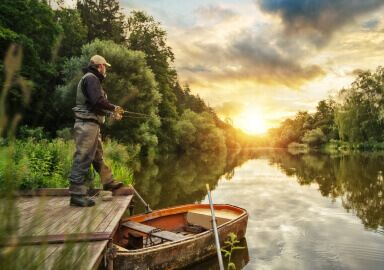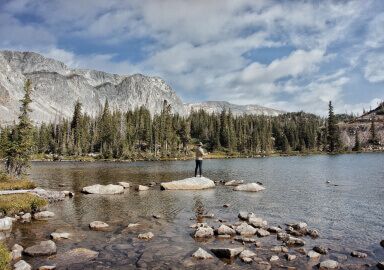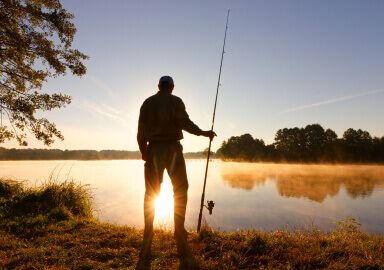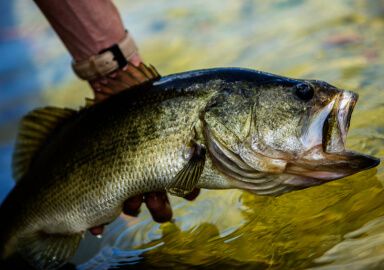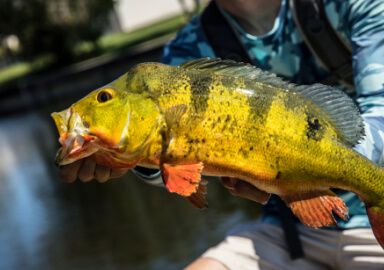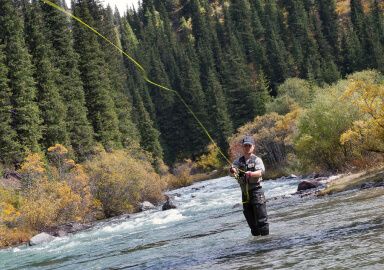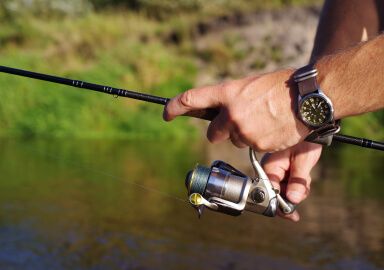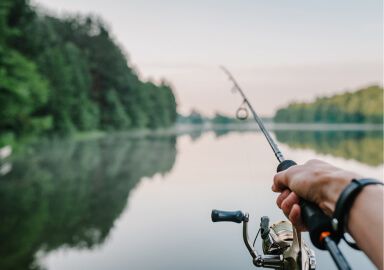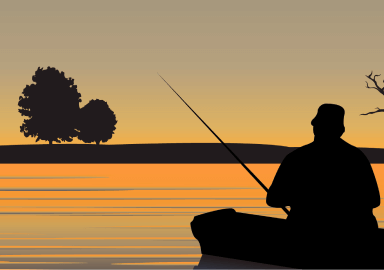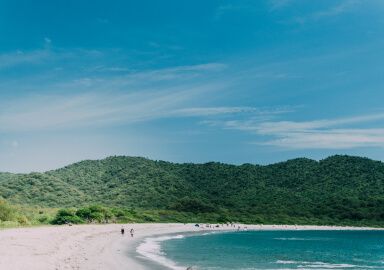Fishing in Amazonas
Amazonas is a land of epic rivers, jungle adventures, and the fiercest freshwater fish on Earth. Topwater explosions from peacock bass, the raw power of jungle catfish, action-filled days and starry hammock nights await on this wild Brazil fishing journey.
View 2 listings
2
listings
–
price starting from
15
fish species
About Amazonas
Covering over 1.5 million square kilometers, Amazonas is Brazil’s largest state and the epicenter of the Amazon Rainforest. A realm of towering trees, flooded forests, and endless waterways, it offers one of the most immersive and remote fishing experiences on the planet. The capital city, Manaus, situated at the confluence of the Rio Negro and the Solimões River, serves as the main gateway for fishing expeditions deep into the jungle.
Fishing in Amazonas is more than a sport—it’s an expedition into raw nature, where every cast is surrounded by howler monkeys, colorful birds, and river dolphins. The region’s climate is hot, humid, and tropical, with a distinct wet season (December to May) and dry season (June to November). Water levels greatly affect fishing conditions, and many lodges and outfitters operate in sync with these seasonal changes, relocating between low and high water zones for optimal fishing.
Travelers should be well-prepared for Amazon conditions: lightweight, moisture-wicking clothing, insect repellent, sun protection, waterproof gear, and any personal medications are essential. Entry is typically via flight to Manaus, followed by boat or floatplane transfers to remote lodges. Most fishing operations offer all-inclusive packages that handle logistics, guiding, meals, and lodging, ensuring safe, culturally respectful, and sustainable jungle exploration. Read our blog for tips and allures of a fishing trips into the Amazon
Fishing Types
Fishing in Amazonas centers on its vast network of rivers, tributaries, oxbow lakes, and flooded forest lagoons (igapós). Anglers target fish in both main channels and remote, narrow jungle streams, often accessed by motorized canoes, motherships, or floatplanes. Whether you’re fishing structure-rich backwaters or drifting sandbars and deep river bends, Amazonas backcountry offers unmatched freshwater diversity. Most trips are multi-day adventures into protected or indigenous-managed zones, where the fish are wild, the pressure is low, and the encounters are unforgettable.
Targeted Fish Species
The crown jewel of Amazon fishing is the peacock bass (Cichla spp.), especially the Cichla temensis, known for explosive surface strikes and brutish power. These fish can exceed 10 kg (22 lbs) and are found in backwater lagoons, woody cover, and shallow flats.
For those seeking monsters, the piraíba (Brachyplatystoma filamentosum) and redtail catfish (pirarara) are prime targets—both can exceed 100 kg (220 lbs) and put tackle to the test. Arapaima (pirarucu), one of the world’s largest scaled freshwater fish, known for its aerial fights and sheer size, is also present.
Other common targets include payara (vampire fish), bicuda, traíra (wolf fish), pacu, piranha, and a range of colorful cichlids and characins. The biodiversity is staggering, with dozens of species possible in a single trip. Whether you want a trophy fish or variety, Amazonas delivers.
Fishing Techniques
Casting topwater lures—such as prop baits, walk-the-dog plugs, and large stickbaits—is the quintessential method for peacock bass, especially in shallow, clear lagoons during the dry season. Subsurface jerkbaits, jigs, and soft plastics also produce, especially when bass are deeper or more pressured.
Fly fishing enthusiasts use large streamers and poppers with 8- to 10-weight rods, often sight-casting to aggressive peacocks in clear water. Catfish and arapaima are typically targeted with live bait, cut bait, or large bottom rigs, often fished in deeper river bends or submerged holes. Trolling and drifting are used in main river channels, while small jungle creeks are perfect for ultralight spinning or fly setups.
